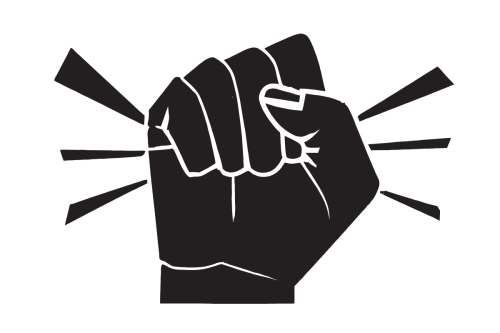
Breaking Barriers in Digital Accessibility

Promoting Inclusivity in the Digital Era
In today's digitally-driven world, ensuring accessibility is paramount to cultivating inclusive experiences for all individuals.
"Overcoming Obstacles in Digital Accessibility" isn't just a manual; it's like a friendly guide helping us build a more inclusive digital world. It's all about making sure everyone, no matter their abilities, can easily use digital stuff without any hassle. It serves as a compass for nurturing inclusivity, dismantling barriers, and fostering an environment where individuals of diverse abilities can seamlessly navigate the digital landscape with dignity and ease.
The Significance of Digital Accessibility
Digital accessibility embodies fundamental principles of equity and inclusivity rather than mere convenience. In a society reliant on digital interfaces, websites, and applications, ensuring accessibility is not only ethically imperative but also legally mandated. It involves crafting content that enables everyone, including those with disabilities, to perceive, comprehend, navigate, and interact with digital content effectively.
Acknowledging the Challenges
The challenges surrounding accessibility are multifaceted and plentiful, ranging from auditory impairments to motor limitations and cognitive obstacles. Each barrier presents unique challenges that demand innovative design solutions and inclusive practices. By acknowledging these challenges upfront, we can take proactive steps toward dismantling barriers and fostering a more inclusive digital environment.
The Role of Design and Development
Designers and developers play a pivotal role in the accessibility movement, tasked with creating experiences accessible to all. Prioritising user experience and inclusivity from the outset is crucial when designing for accessibility. Every design element, from navigation to customisable interfaces, plays a vital role in ensuring digital content's accessibility to individuals of all abilities.
Technological Innovations and Solutions
Technological advancements significantly contribute to achieving digital accessibility goals. Tools such as screen readers, voice recognition software, keyboard shortcuts, and alternative text facilitate accessibility. By leveraging these innovations, designers and developers can not only meet accessibility requirements but also deliver intuitive and user-friendly interfaces.
Navigating Legal Requirements
In addition to ethical considerations, legal frameworks underscore the importance of accessibility. Legislation like the Equality Act in the UK, Americans with Disabilities Act (ADA), and Web Content Accessibility Guidelines (WCAG 2.2) establish standards to ensure access to content for individuals with disabilities. Understanding these requirements is crucial for organisations aiming to uphold accessibility standards and avoid legal liabilities.
The Importance of web audits
Conducting web audits is vital for evaluating content accessibility and identifying areas for improvement. These audits, conducted by experts, assess websites, applications, and digital platforms based on established accessibility standards. The insights gathered from these audits not only ensure compliance but also drive continuous enhancement in accessibility practices.
Promoting Education and Awareness
Education and awareness are key drivers of advocacy for digital accessibility. Fostering a culture that values inclusivity and awareness empowers organisations to prioritise accessibility throughout the design and development process. Training programs, workshops, and awareness campaigns serve as platforms to disseminate knowledge and foster a shared understanding of accessibility practices.
Encouraging Collaboration and Community Engagement
Breaking down barriers to accessibility necessitates collaboration and collective effort. Engaging with stakeholders, including individuals with disabilities, advocacy groups, and industry experts, fosters a collaborative culture where responsibility is shared. Active involvement with the accessibility community enables organizations to exchange practices, gain insights, and work towards common accessibility goals.
Considering the Future
As technology evolves, so does the landscape of accessibility. Emerging technologies such as Artificial Intelligence (AI), Virtual Reality (VR), and Augmented Reality (AR) present both opportunities and challenges for achieving greater inclusivity. Embracing these innovations and staying abreast of trends allows organisations to proactively address accessibility challenges, paving the way for a more inclusive digital future.
"Breaking Barriers in Digital Accessibility" symbolises the collective efforts of individuals, organisations, and communities striving to create a digital world that embraces inclusivity. By recognising obstacles, adopting inclusive practices, and fostering collaboration, we can dismantle barriers, empower individuals, and establish an environment where everyone can participate equally and thrive. With each stride towards inclusiveness, we unlock the boundless potential of accessibility.
